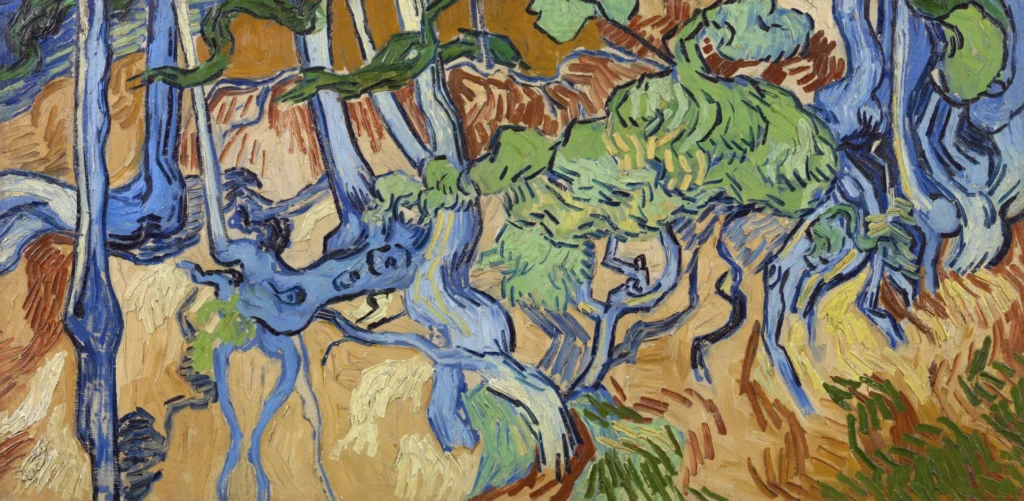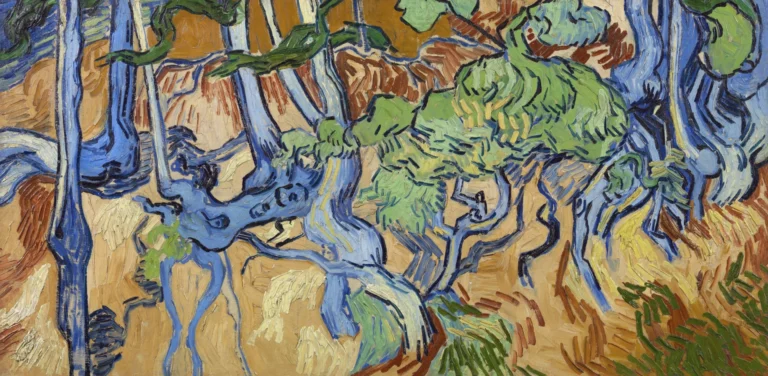Tree Roots (1890)
Tree Roots presents a dynamic interplay of color and form typical of Vincent van Gogh's style. Created in July 1890 during his stay in Auvers-sur-Oise, this painting depicts tree roots, plants, and a sandy woodland floor through vigorous brush strokes and thick paint application. The contrast between the twisted roots and patches of greenery reflects Van Gogh's emotional struggle while embodying the essence of vitality and life amid despair. Considered to be one of his last masterpieces, it resonates with both art enthusiasts and historians alike.
July 1890
About the Artwork
Tree Roots is enveloped in an emotional narrative reflective of Vincent van Gogh's final days. Painted in the tranquil town of Auvers-sur-Oise, the artwork captures the artist's psychological turmoil juxtaposed with moments of clarity and vitality. The roots depicted serve as a metaphor for struggle and resilience in life, alluding to Van Gogh's own battles with mental health. Its creation marks both an end and a beginning—a farewell to the forest of creativity and a final burst of artistic expression. The provenance of the painting adds layers of intrigue, including a brief period of theft that highlights its cultural significance and the relentless pursuit of art preservation.










